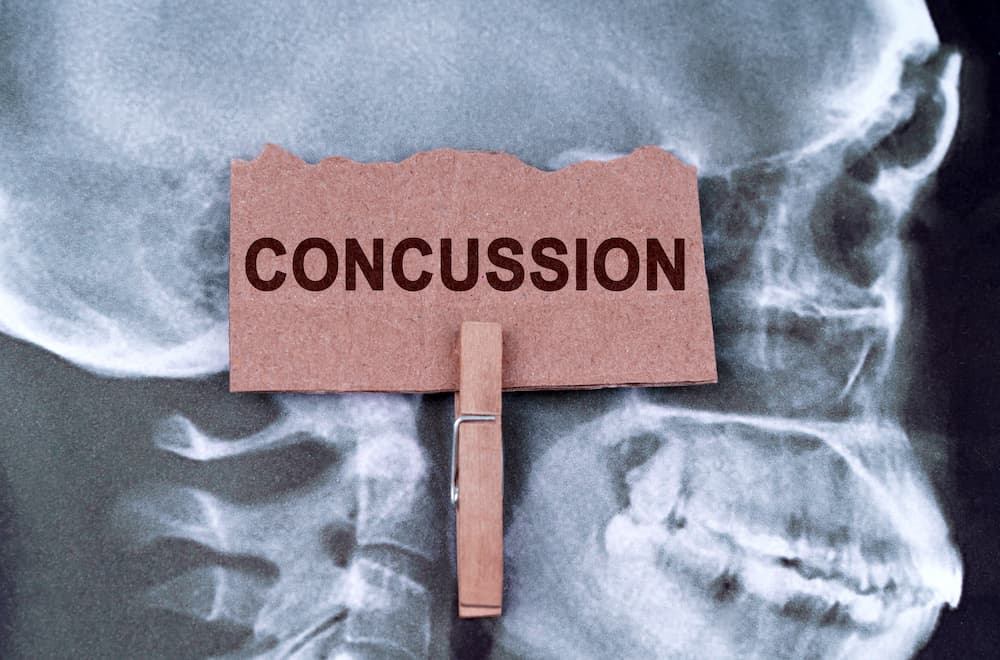Healing from CRPS with a fully integrative comprehensive approach in Denver, Colorado.
By Dr. DeBeer | Axon Integrative Health
Complex Regional Pain Syndrome (CRPS) is one of the most challenging pain conditions to treat. It often starts after an injury, surgery, or trauma, but instead of healing as expected, the nervous system goes haywire, leading to severe pain, inflammation, and dysfunction. Traditionally, CRPS has been seen as either a purely neurological or psychological disorder, but in reality, it is a complex interplay of neurological, physical, and metabolic factors. At Axon Integrative Health, we take a comprehensive brain-body-mind approach to rewiring the nervous system, restoring function, and creating lasting resilience.
CRPS: More Than Just a Nerve Disorder
CRPS is characterized by disproportionate pain, swelling, temperature changes, and or motor dysfunction in an affected limb. The nervous system becomes hypersensitive, often leading to allodynia (pain from non-painful stimuli) and hyperalgesia (exaggerated pain responses). However, recent research has shown that CRPS involves more than just nervous system dysfunction—it also involves:
- Neuroinflammation and immune system dysregulation (Goebel, 2011)
- Metabolic dysfunction affecting mitochondrial energy production (Eberle et al., 2019)
- Autonomic nervous system dysregulation, leading to abnormal blood flow and temperature control (Birklein et al., 2018)
- Cortical reorganization, where the brain’s pain processing centers become distorted (Moseley & Flor, 2012)
Understanding CRPS as a multi-system disorder allows us to develop a more effective, multi-faceted treatment strategy—one that goes beyond pain management to address the underlying causes.
A Brain-Body-Mind Approach to CRPS Recovery
At Axon Integrative Health, we focus on rewiring the nervous system, regulating inflammation, and stimulating neuroplasticity to promote lasting healing. Our CRPS treatment program includes:
1. Neuromodulation to Rewire Pain Pathways
Pain in CRPS is driven by maladaptive neuroplasticity, meaning the brain has learned to amplify pain signals. We use neuromodulation techniques to disrupt these faulty pathways and encourage new, healthier connections. This includes:
- Translingual Neurostimulation (TLNS) – Stimulates the brainstem and enhances neuroplasticity to help regulate pain signals.
- Transcranial Direct Current Stimulation (tDCS) and Transcranial Magnetic Stimulation (TMS) – Non-invasive brain stimulation techniques that target areas involved in pain perception and autonomic regulation.
- Neurofeedback – Helps retrain brainwave patterns and autonomic balance, reducing hypersensitivity to pain.
2. Sensory-Motor Integration & Neurorehabilitation
Because CRPS affects movement, coordination, and sensation, we incorporate targeted neurorehabilitation strategies to restore normal function and reduce pain perception:
- Eye movement training to recalibrate brain-body coordination.
- Sensory-motor integration therapy to improve body awareness and reduce hypersensitivity.
- Mirror therapy and graded motor imagery to retrain the brain’s perception of the affected limb.
3. Restoring Cellular and Metabolic Health
CRPS involves mitochondrial dysfunction and oxidative stress, making metabolic support essential for healing. Our approach includes:
- IV therapy (possibly; glutathione, phosphatidylcholine, alpha-lipoic acid) to reduce inflammation and support cellular energy production.
- Red light therapy to enhance mitochondrial repair and decrease pain.
- Hyperbaric oxygen therapy (HBOT) to reduce neuroinflammation and improve tissue oxygenation.
4. Modulating the Nervous System & Reducing Inflammation
- Neuroacupuncture to regulate autonomic function and pain perception.
- Breathwork and vagus nerve stimulation to calm the overactive nervous system and improve circulation.
- Targeted nutrition to reduce inflammation and support nervous system repair, including omega-3 fatty acids, magnesium, and polyphenols.
5. Sleep Optimization & Stress Management
Poor sleep and chronic stress worsen neuroinflammation and pain sensitivity. We incorporate:
- Sleep hygiene strategies and circadian rhythm regulation to enhance restorative sleep.
- Mind-body techniques like meditation, heart rate variability (HRV) training, and guided relaxation to reduce pain-related stress responses.
Creating Lasting Change Through Positive Neuroplasticity
CRPS is not a life sentence—but it requires a comprehensive, multi-modal approach that addresses the neurological, metabolic, and inflammatory factors at play. At Axon Integrative Health, we focus on:




If you or a loved one is suffering from CRPS, there is hope. By targeting the brain, body, and nervous system together, we can create true healing and long-term recovery.
Take the First Step Toward Healing
Contact Axon Integrative Health in Denver Cherry Creek today to learn more about our comprehensive CRPS recovery program and start your journey toward pain-free living.
References:
- Birklein, F., & Dimova, V. (2018). Complex regional pain syndrome—up-to-date concepts and management. Current Pain and Headache Reports, 22(2), 8.
- Eberle, T., Doganci, B., Krämer, H. H., Geber, C., Fechir, M., et al. (2019). Impaired mitochondrial function in CRPS. Pain, 160(6), 1283-1290.
- Goebel, A. (2011). Complex regional pain syndrome in adults. Rheumatology, 50(10), 1739-1750.
- Moseley, G. L., & Flor, H. (2012). Targeting cortical representations in the treatment of chronic pain: A review. Neurorehabilitation and Neural Repair, 26(6), 646-652.





